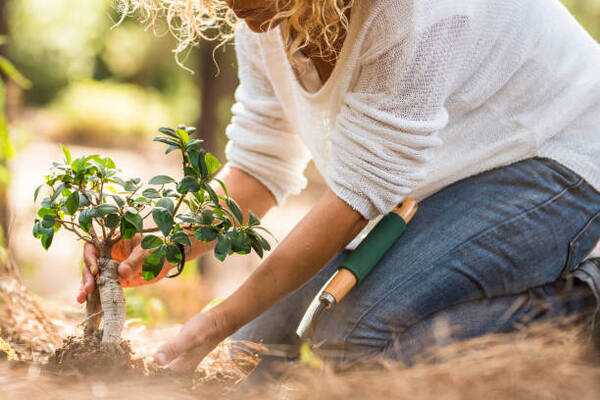- 1-905-452-8193
- Contact Us
- Member Login
- Get Listed Today
- 220,911 members

When planting a new tree, caring for it properly is essential to ensure its health and longevity. According to tree lopping Sydney experts, caring for newly planted trees requires several steps in the first year and ongoing maintenance in subsequent years. The following information will provide an introduction to how best to care for newly planted trees.
It is important to pay attention to factors such as soil preparation, irrigation, fertilizing, mulching, pruning, protection from animals and pests, and monitoring growth. All of these are necessary to ensure the successful establishment and growth of your newly planted tree. Additionally, understanding the particular needs of your species of tree will help you better understand what long-term care should look like down the line. With proper knowledge and diligence, you can be sure that your new tree will remain healthy and strong for years to come.
By following the steps outlined here, you can give your newly planted tree the best possible chance of survival. With proper care and attention, your new tree will become a strong and vibrant part of your landscape. So let's get started!
Plant at the right time
The best time to plant a tree depends on its type, but generally speaking, planting in late autumn or early winter is ideal because the cooler temperatures reduce the stress associated with transplanting.
Use proper soil mixture when possible
Use a good quality soil mix that includes organic matter such as compost, sand or mulch to ensure adequate drainage and aeration for tree roots.
Water regularly
Be sure to water your new tree at least once a week, more frequently during warmer weather. Soak the soil around the tree until it is thoroughly moist, but not waterlogged.
Mulch regularly
Mulching around newly planted trees helps to keep moisture in and weeds out. Be sure to apply mulch in a 1–3 inch layer and keep it away from the trunk of the tree.
Prune damaged branches
Remove any broken or dead branches by cutting them back to where they meet healthy wood. This will help stimulate new growth and ensure that your tree stays healthy.
Fertilize lightly
Feeding your newly planted tree too much fertilizer can cause damage, so be sure to use only a light sprinkling of fertilizer early in the spring.
Protect against weeds
Weeds can compete with your new tree for water and nutrients, so use a mulch or herbicide to keep them under control.
Protect from animals
Deer, rabbits and rodents can all damage young trees by eating their bark or branches. If you are having a problem with animal pests, try using repellents around the tree’s base to keep them away.
Watch out for disease
Look out for signs of fungus, wilting or yellowing leaves that could indicate a disease is present in your tree. If you suspect a disease, contact an arborist as soon as possible to take care of it before it spreads.
Inspect for pests
Check your new tree for signs of insects like aphids, scales or borers that can cause significant damage to trees. If you find any, use an insecticide as soon as possible to keep them away.
Stake properly
Some newly planted trees may need a bit of extra support while they are still young and growing. Be sure to stake the tree using two stakes placed on opposite sides and make sure the ties aren’t too tight against the trunk.
Monitor growth
As your tree grows, be sure to monitor its progress by checking the foliage regularly and looking out for signs of stress such as wilting leaves or brown spots on the branches or trunk.
Caring for a newly planted tree requires diligence, knowledge, and patience - but it is well worth the effort! By following these steps and understanding the particular needs of your species, you can be sure that your new tree will flourish in its new home.
With a bit of proper care and attention, newly planted trees can thrive in your garden for years to come!
